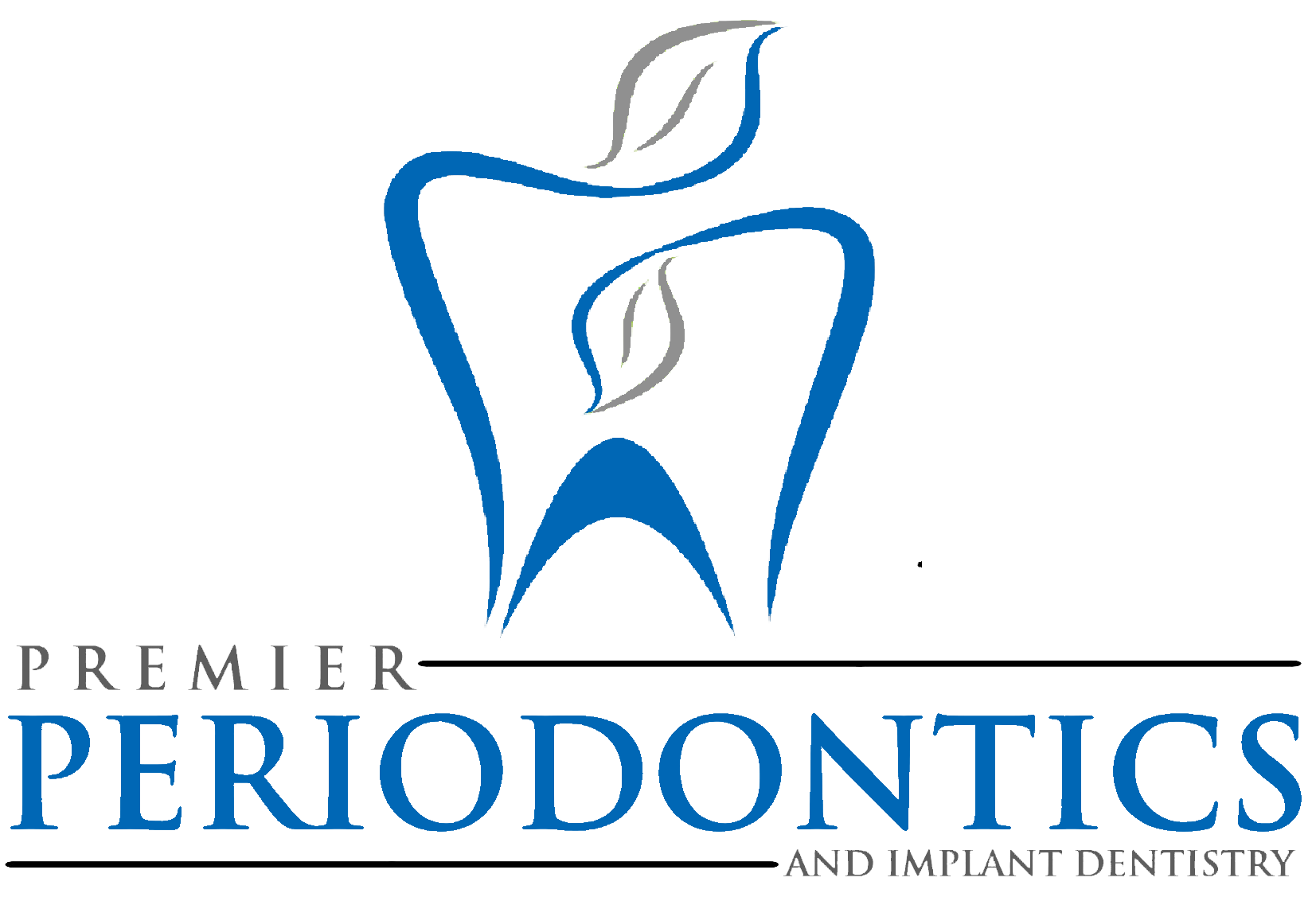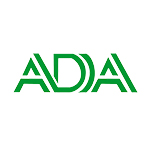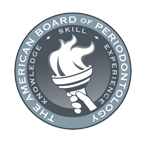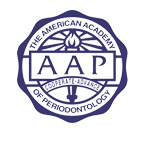
Introduction
Brushing your teeth is a daily habit, but are you doing it the right way? Many people believe they have perfected the technique, yet simple mistakes can lead to serious dental issues. Poor brushing habits can cause cavities, gum disease, and enamel erosion. Understanding the correct way to brush can help you maintain a healthy, bright smile for years to come. we’ll explore the best brushing techniques, common mistakes, and expert tips to ensure your oral hygiene routine is truly effective.
Summary
1. Why Brushing Your Teeth the Right Way Matters
2. Are You Using the Right Toothbrush?
4. The Right Brushing Technique
5. Does Toothpaste Matter? Choosing the Right One
6. The Importance of Flossing – Are You Skipping It?
7. Should You Brush Before or After Eating?
8. Common Brushing Mistakes You Might Be Making
9. Does Mouthwash Help? What You Need to Know
1. Why Brushing Your Teeth the Right Way Matters

Brushing your teeth is not just about keeping your breath fresh. It plays a crucial role in removing plaque, preventing cavities, and protecting your gums. Plaque is a soft, sticky layer of bacteria that accumulates on your teeth over time. If not cleaned properly, it can harden over time and turn into tartar. This buildup leads to gum disease and tooth decay, which can cause pain, infection, and even tooth loss.
Many people assume that as long as they brush daily, their teeth are safe. However, improper brushing techniques can do more harm than good. Brushing too hard, skipping certain areas, or not brushing long enough can leave bacteria behind, allowing dental problems to develop. Learning and applying the right method ensures that your teeth stay clean and strong, reducing the risk of costly dental treatments in the future.
2. Are You Using the Right Toothbrush?
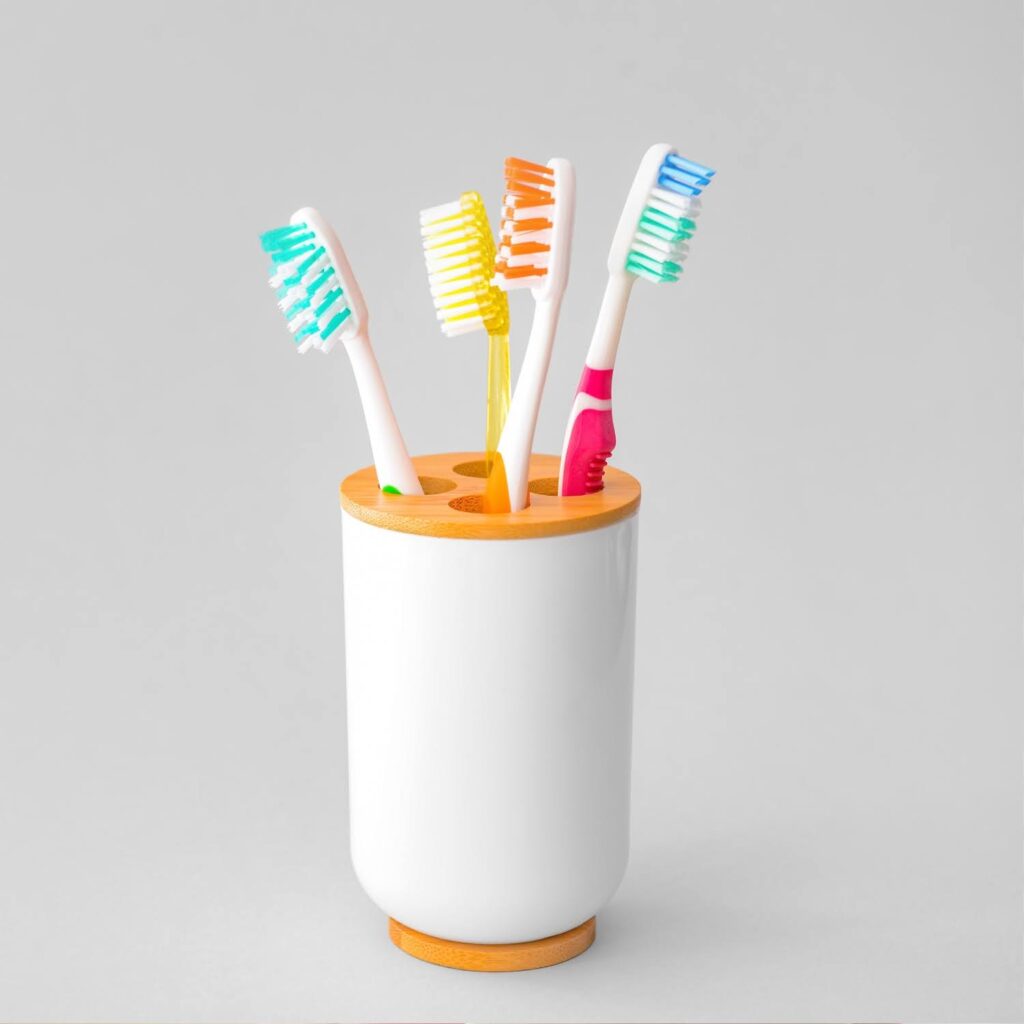
Selecting the perfect toothbrush is just as crucial as the act of brushing itself. Many people think that a hard-bristled brush cleans better, but it can actually damage your enamel and irritate your gums. A soft-bristled toothbrush is the best choice because it effectively removes plaque without harming your teeth. If the bristles are too stiff, they can wear down your enamel over time, making your teeth more sensitive.
Electric toothbrushes are another great option. Research shows they remove plaque more effectively than manual toothbrushes. Their rotating or vibrating bristles clean more thoroughly, reducing the effort you need to put in. Regardless of the type you use, replacing your toothbrush every three to four months is essential. If the bristles look frayed or worn out before then, it’s time for a new one.
3. How Long Should You Brush?
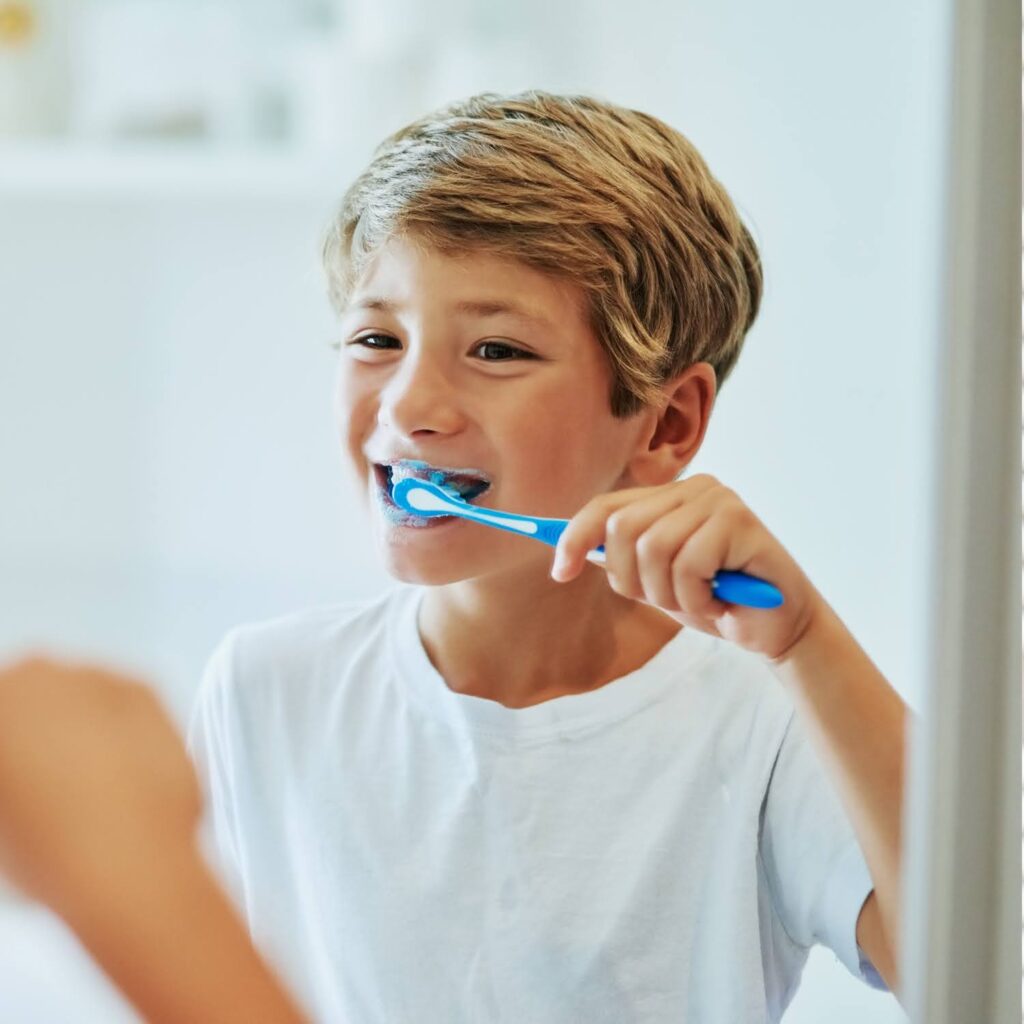
Brushing for the right amount of time is key to ensuring a clean mouth. Many people rush through the process, spending only 30 to 45 seconds brushing their teeth. However, dentists recommend brushing for at least two minutes, twice a day. This allows enough time to properly clean all surfaces of your teeth and remove plaque buildup.
To make sure you brush for long enough, try setting a timer or playing a short song while brushing. Another helpful method is dividing your mouth into four sections and spending at least 30 seconds on each. This guarantees that each area of your mouth receives proper care. Rushing through brushing can leave behind plaque and bacteria, leading to oral health problems over time.
4. The Right Brushing Technique
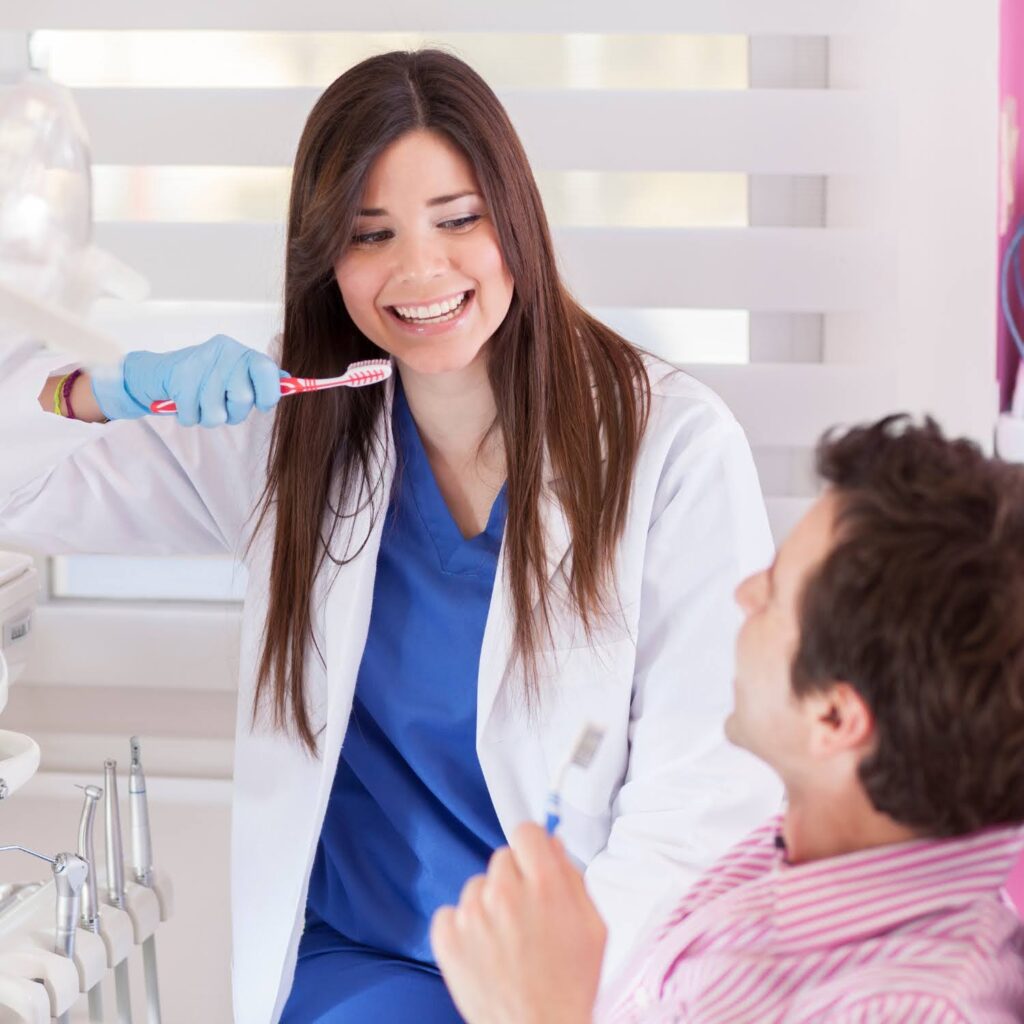
Brushing your teeth the right way is more about technique than force. Many people think that scrubbing harder will clean better, but this can actually damage your gums and wear down your enamel. The best way to brush is to use gentle, circular motions rather than aggressive back-and-forth scrubbing. This method removes plaque effectively without harming your teeth.
Hold your toothbrush at a 45-degree angle to your gums and move it in small circles. Be sure to clean every part of your teeth, including the outer, inner, and chewing surfaces. One area that many people neglect is the tongue. Brushing your tongue helps remove bacteria and prevents bad breath, so don’t forget to give it a quick scrub before you rinse.
5. Does Toothpaste Matter? Choosing the Right One
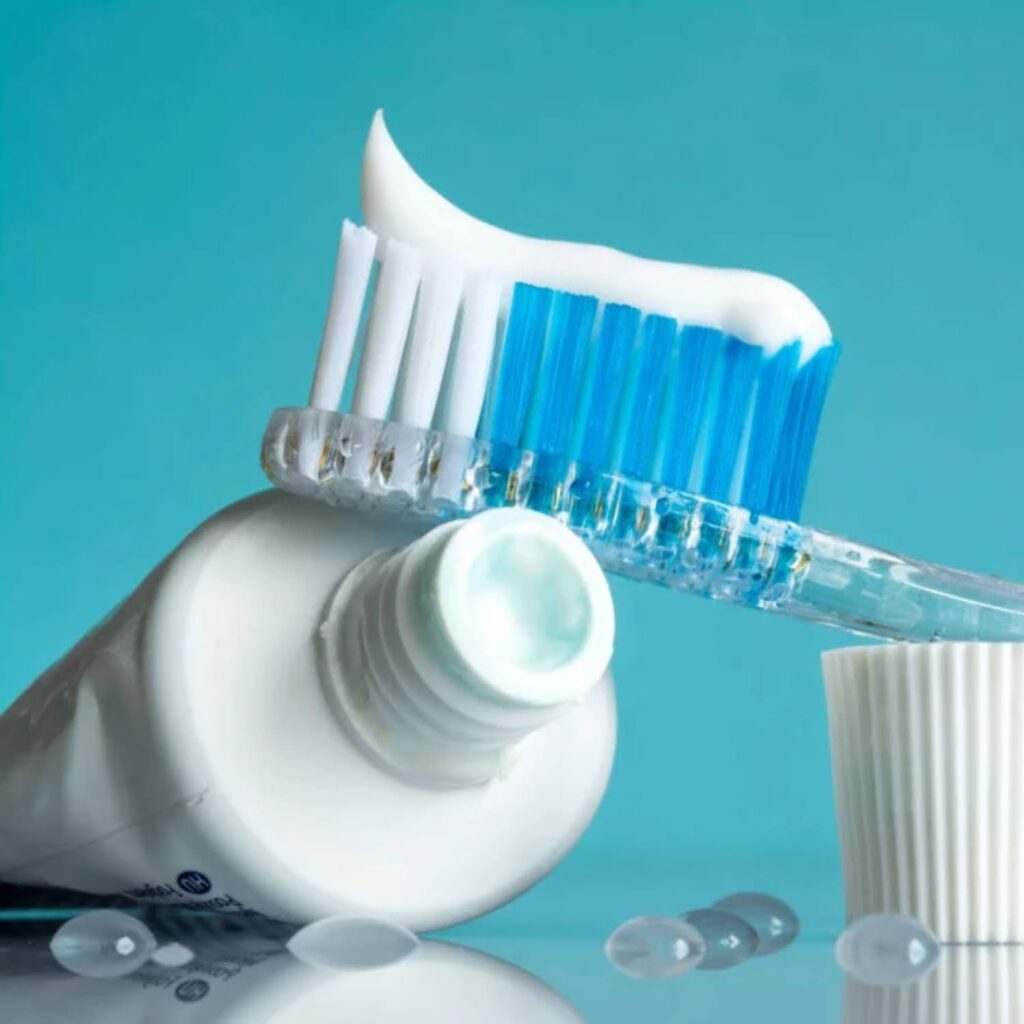
Toothpaste is not just for freshening breath—it plays a major role in keeping your teeth healthy. Fluoride toothpaste is the best option because it strengthens enamel and prevents cavities. Fluoride helps protect your teeth from acid attacks caused by bacteria in plaque and sugary foods.
If you have sensitive teeth, there are specially formulated toothpastes designed to reduce discomfort while still protecting your enamel. It’s also important to avoid toothpaste with harsh abrasives, as they can erode the surface of your teeth over time. Some whitening toothpastes contain strong chemicals that can make teeth more sensitive, so it’s best to use them in moderation. If you’re unsure which toothpaste is best for you, your dentist can recommend one based on your specific needs.
6. The Importance of Flossing – Are You Skipping It?

Brushing alone is not enough to maintain perfect oral health. Flossing is an essential step that many people skip, but it’s necessary for removing plaque and food particles between teeth. Your toothbrush cannot reach these tight spaces, which makes flossing crucial in preventing cavities and gum disease.
If you don’t floss, bacteria and plaque accumulate between your teeth, leading to bad breath, gum inflammation, and even tooth loss in severe cases. Flossing once a day is enough to keep your gums healthy. If you find traditional floss difficult to use, try floss picks or a water flosser for an easier alternative.
7. Should You Brush Before or After Eating?
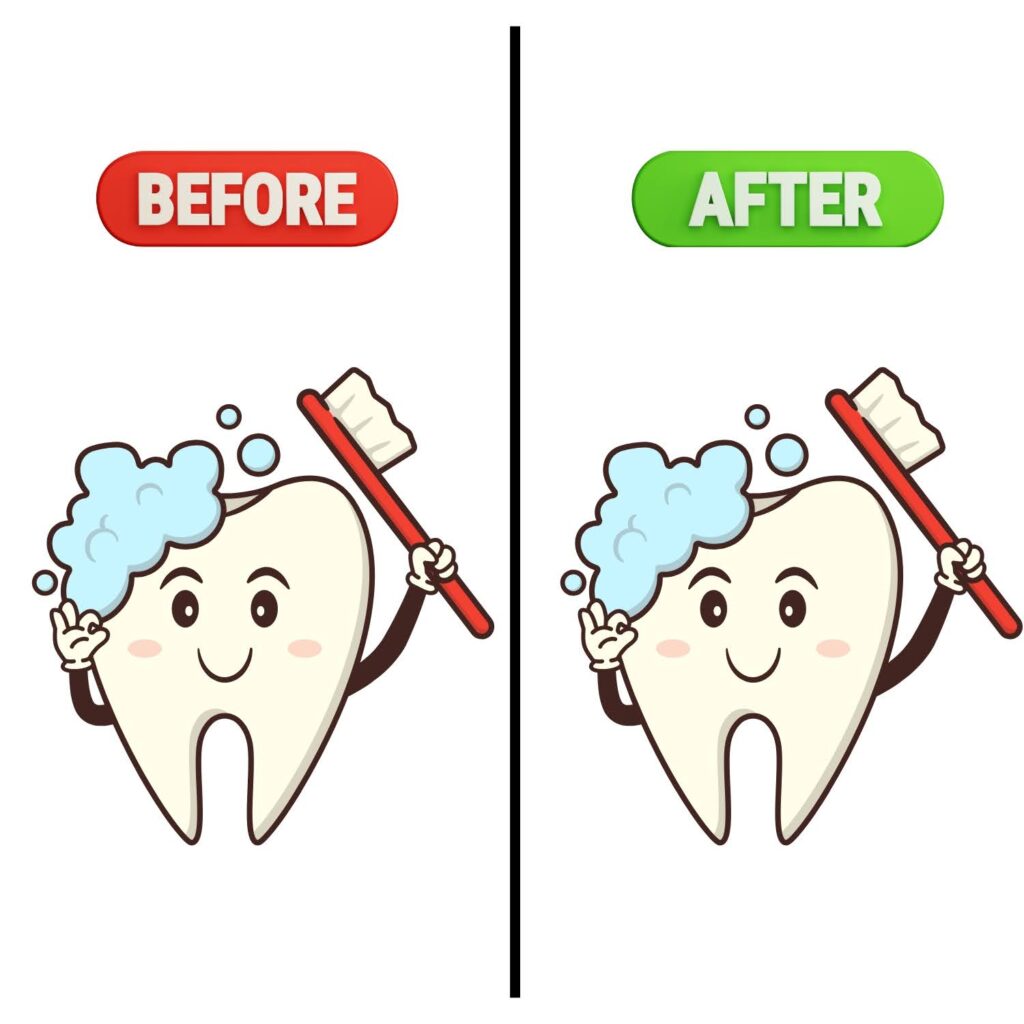
Brushing your teeth right after eating might seem like a good habit, but in some cases, it can actually harm your enamel. When you eat acidic foods or drinks—such as citrus fruits, coffee, or soda—the acids weaken your enamel temporarily. Brushing too soon after eating can cause enamel erosion, making your teeth more vulnerable to damage.
To protect your enamel, it’s best to wait at least 30 minutes after eating before brushing. In the meantime, you can rinse your mouth with water or chew sugar-free gum to help neutralize acids. This simple adjustment can help preserve the strength of your teeth over time.
8. Common Brushing Mistakes You Might Be Making

Even with good intentions, many people make brushing mistakes without realizing it. One of the most common errors is brushing too hard, which can cause gum recession and enamel damage. Another mistake is using a toothbrush for too long—an old, worn-out brush is not as effective at cleaning your teeth.
Skipping certain areas, such as the back teeth and along the gumline, is another issue. These areas are just as important as the front teeth, so make sure to brush them thoroughly. Also, many people use too much toothpaste, thinking more foam equals a better clean. However, a pea-sized amount is enough to do the job effectively.
9. Does Mouthwash Help? What You Need to Know

Mouthwash is a great addition to your oral hygiene routine, but it should not replace brushing and flossing. It helps kill bacteria, freshens breath, and reaches places your toothbrush cannot. Using a fluoride mouthwash can give extra protection against cavities, while antibacterial mouthwashes can help fight gum disease.
However, avoid mouthwashes that contain alcohol, as they can dry out your mouth and lead to bad breath. If you use mouthwash, swish it around your mouth for about 30 seconds before spitting it out. It’s best to use it after brushing and flossing to ensure your mouth stays as clean as possible.
Frequently Asked Questions (FAQs)
Q.1. How often should I brush my teeth?
A.1. You should brush at least twice a day—once in the morning and once before bed.
Q.2. Is an electric toothbrush better than a manual one?
A.2. Both work well, but electric toothbrushes remove more plaque with less effort.
Q.3. Should I rinse my mouth after brushing?
A.3.No. Spit out excess toothpaste, but don’t rinse right away to let fluoride protect your teeth longer.
Q.4. Can brushing too hard damage my teeth?
A.4.Yes, brushing too hard can wear down enamel and cause gum recession.
Q.5. Is it bad to brush right after eating?
A.5. Yes, especially after acidic foods. Wait 30 minutes before brushing to protect your enamel.
Conclusion
Brushing your teeth the right way is essential for keeping your smile healthy. Using the correct toothbrush, technique, and toothpaste can prevent cavities, gum disease, and enamel damage. Flossing daily and waiting before brushing after eating are simple yet effective habits that make a big difference in your oral health.
If you want to maintain a bright, healthy smile, take the time to brush properly. Small improvements in your routine can protect your teeth for years to come!
For personalized dental care designed to meet your needs, call us at (267) 908-4867 or visit our website at https://premierperiodonticspa.com/contact-us/. We prioritize your smile and are committed to delivering exceptional care for a comfortable and stress-free experience. Trust us to help you achieve and maintain a healthy, bright smile with expert treatment tailored just for you.

